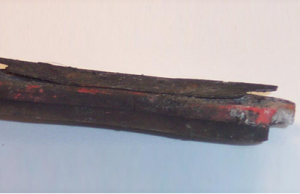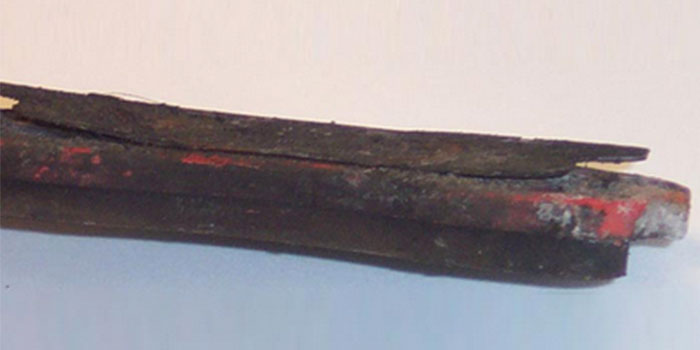 Brake shims are not designed for adjusting spacing and distance between friction material and the rotor. Shims provide multifunction noise control as a component attached to the friction pad backing plate. A quality brake shim can prevent brake noise during the entire life of the brake job and will not dry out or be displaced over time like some lubricants. But remember, a shim does not do its job if it is left in the box.
Brake shims are not designed for adjusting spacing and distance between friction material and the rotor. Shims provide multifunction noise control as a component attached to the friction pad backing plate. A quality brake shim can prevent brake noise during the entire life of the brake job and will not dry out or be displaced over time like some lubricants. But remember, a shim does not do its job if it is left in the box.
The first thing to remember is that all brakes make noise. When the friction material makes contact with the rotor, the coupling causes the brake pad and rotor to oscillate and vibrate. In engineering terms, this is called “force coupled excitation,” which means that the components are locked as a combined system that will vibrate at the system’s natural frequency in combined modes of vibration. The driver hears these vibrations as noise. This is “ground zero” for brake noise.
When the pads press into the rotors, vibrations are made which become noise. Humans have a limited range of sounds they can hear. If the noise is out of the range of human ears, there will not be a noise complaint or comeback (this is typically high-frequency noises). It is when these vibrations transfer into the caliper and knuckle, where they are lowered to the human hearing ranges, that the driver notices a noise.
First, they prevent and reduce the transmission and amplitude of vibrational forces that cause excitation of the caliper, pad assembly and attached structure. This is accomplished by viscoelastic damping material inherent within the layering construction of the shim and method of bonding to the pad assembly. Shims prevents vibrations that start at the pad and rotor from being transferred into the caliper and knuckle. These vibrations are very small and hopefully the shim can isolate a vibration before it excites the caliper and knuckle.
Second, a shim can add mass to the brake pad that can dampen vibrations and oscillations in the pad and caliper. Shims reduce reaction forces transmitted back into the brake piston using elastomer interface coatings on their surface.
Third, a good brake shim or insulator can act as a thermal barrier to ensure consistent temperatures across the entire face of the pad. This can help ensure consistent brake torque.
High-quality brake shims are frequency and temperature engineered multi-layered products using varying grades of metal, viscoelastic polymers/bonding materials, elastomeric rubbers and fiberglass.
High-quality brake shims usually start with a high-quality metal plate. The shim manufacturer will select a grade of steel with the right hardness, thickness and dampening properties.
The elastomeric rubbers are applied to the steel in a controlled process that ensures the correct depth. These materials are then vulcanized to the metal to ensure that they will endure the harsh environment of the braking system.
Engineers tune these layers to give the best NVH qualities for the specific brake system noise fingerprint or signature.
If the shim is not making contact with the brake pad, it will not do its job. This is because the pad/caliper assembly undergoes complex and dynamic vibrational deformations due to superposition of the combined system’s natural frequency mode shapes that must be controlled by a properly attached insulator.
Courtesy Brake & Front End.














